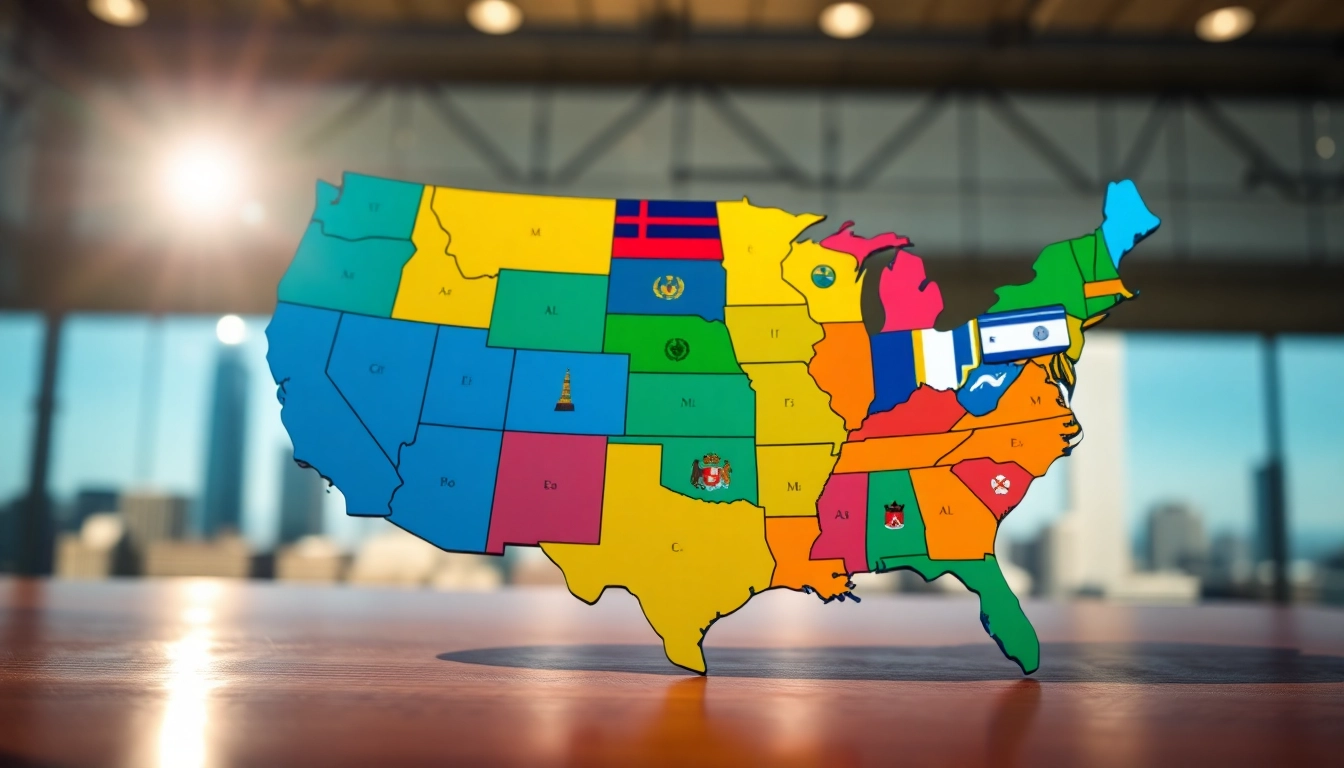1. Introduction to Trademark Registration
Trademark registration is a fundamental aspect of brand protection, serving as a legal shield for businesses operating in competitive markets. Whether you’re an entrepreneur launching a startup in India or a well-established company in the US, understanding the intricacies of trademark registration in India and US is crucial for safeguarding your intellectual property and enhancing your brand’s value.
1.1 What is a Trademark?
A trademark is a recognizable sign, symbol, or expression that distinguishes products or services of a particular source from those of others. It can be a word, phrase, logo, design, or even a combination of these elements. Trademarks play a significant role in commerce; they signify the origin of goods and services and are essential in maintaining a company’s reputation and trust within the marketplace.
1.2 Importance of Trademark Registration
Registering a trademark offers several significant advantages:
- Legal Protection: Registered trademarks are protected by law, allowing the owner to take legal action against unauthorized use.
- Brand Recognition: A registered trademark enhances brand credibility and recognition in the market.
- Exclusive Rights: It grants the owner exclusive rights to use the trademark in connection with their goods or services.
- International Protection: A registered trademark can facilitate international trade, offering protection across borders through treaties like the Madrid Protocol.
1.3 Overview of the Process in India and US
The trademark registration process varies significantly between India and the US. Typically, it involves several stages, including application submission, examination, publication, and potential opposition periods. While both countries maintain robust legal frameworks for trademark protection, the procedural nuances—such as time frames, costs, and documentation—differ markedly. Understanding these differences is crucial for businesses aiming to expand their brands internationally.
2. Key Differences in Trademark Registration in India and US
2.1 Legal Frameworks of India and US
In the US, the primary legislation governing trademarks is the Lanham Act, which outlines the registration process and enforcement mechanisms. The registration of trademarks is managed by the United States Patent and Trademark Office (USPTO). In contrast, India operates under the Trade Marks Act, 1999 and the Trade Marks Rules, 2017, which provided a comprehensive framework for registration and protection of trademarks. Understanding these legal frameworks is crucial for applicants to effectively navigate the registration labyrinth in either country.
2.2 Application Process Variations
The trademark application process involves distinct procedural steps in India and the US:
- Application Submission: In the US, a trademark application is filed directly with the USPTO, while in India, it can be filed both online and offline.
- Examination Process: The examination phase in the US is often faster, sometimes taking as little as six months, whereas India’s process can extend up to 12-18 months.
- Publication and Opposition: In the US, once an application is accepted, it is published in the Official Gazette for 30 days for any oppositions. India’s publication period is generally for a similar length of time but may involve additional procedural hurdles.
2.3 Renewal and Maintenance Requirements
Maintaining a trademark requires adherence to specific renewal schedules. In the US, a trademark must be renewed every ten years, with a Declaration of Use required at the fifth year mark to demonstrate that the trademark is still in use. Conversely, in India, a trademark registration is valid for ten years from the date of application, with the possibility of indefinite renewal in ten-year increments, provided that the mark is still in use.
3. Filing for Trademark from the US in India
3.1 Direct Filing vs. Madrid Protocol
US applicants have two primary routes for trademark registration in India: direct filing or utilizing the Madrid Protocol. Direct filing requires the submission of a trademark application to the Indian Trademark Office, while the Madrid Protocol allows for a single international application to cover multiple jurisdictions. The choice between these two methods hinges on the business’s strategic needs, budget, and the scope of protection desired.
3.2 Documentation Required
The documentation required for trademark registration in India includes:
- Application form with the applicant’s details.
- A clear representation of the trademark.
- Goods and/or services classification as per the Nice Classification.
- Proof of use (if applicable).
- Power of Attorney, in cases where a representative files on behalf of the applicant.
Ensuring that all documentation is complete and accurate is essential to avoid delays in the registration process.
3.3 Common Challenges and Solutions
International trademark registration can pose several challenges, such as language barriers, complex legal requirements, and differing cultural perceptions of trademarks. Some common challenges include:
- Language and Legalese: Legal documents may need translation, which can introduce errors. It’s advisable to work with legal professionals who are familiar with both jurisdictions.
- Understanding Different Requirements: Comprehensively study the trademark laws and processes in India. Consulting with local trademark attorneys can provide valuable insights and simplify the process.
- Public Opposition: Be prepared for potential oppositions from third parties. Conducting thorough trademark searches before filing can mitigate this risk.
4. Filing for Trademark from India in the US
4.1 Understanding USPTO Regulations
Filing a trademark application in the US requires adherence to specific USPTO regulations. The application must specify the basis for filing, such as “use in commerce” or “intent to use.” Understanding these foundational elements is critical for successful registration.
4.2 Key Steps to Complete the Application
To successfully file a trademark application with the USPTO, applicants should follow these steps:
- Conduct a comprehensive trademark search to ensure no existing marks could conflict with your application.
- Prepare the application, detailing all required information such as the description of goods/services and the trademark itself.
- File the application online through the USPTO’s Trademark Electronic Application System (TEAS).
- Respond to any office actions or requests for additional information promptly.
- Monitor the application’s status and potential oppositions after publication.
4.3 Case Studies of Successful Applications
Understanding how other businesses successfully navigated their trademark registration can provide invaluable insights. For instance, a successful Indian software company expanded to the US and registered its trademark, leveraging thorough market research and a comprehensive understanding of local regulations. They worked with a US-based attorney knowledgeable in trademark law to facilitate a smooth registration process and ensure compliance with USPTO requirements.
5. Conclusion and Best Practices
5.1 Recap of Major Differences
In summary, while both India and the US provide robust frameworks for trademark registration, fundamental differences exist in their legal bases, application processes, and renewal requirements. Businesses must navigate these differences carefully to develop effective strategies for international brand protection.
5.2 Strategies for Effective Trademark Protection
To effectively protect your trademark, consider the following strategies:
- Conduct comprehensive searches to avoid potential conflicts.
- Engage legal professionals in both jurisdictions to guide you through the process.
- Utilize international treaties such as the Madrid Protocol for broader protection.
- Stay informed about changes in trademark laws and enforcement practices in both countries.
5.3 Future Trends in Trademark Registration
Looking ahead, trademark registration processes may evolve due to advancements in technology and shifts in global commerce. Artificial intelligence, for instance, is becoming increasingly relevant in trademark searching and enforcement, enabling more efficient processes and better protection for brand owners. Furthermore, as e-commerce continues to grow, trademark laws are likely to adapt to address challenges related to online brand infringement and domain name disputes.



